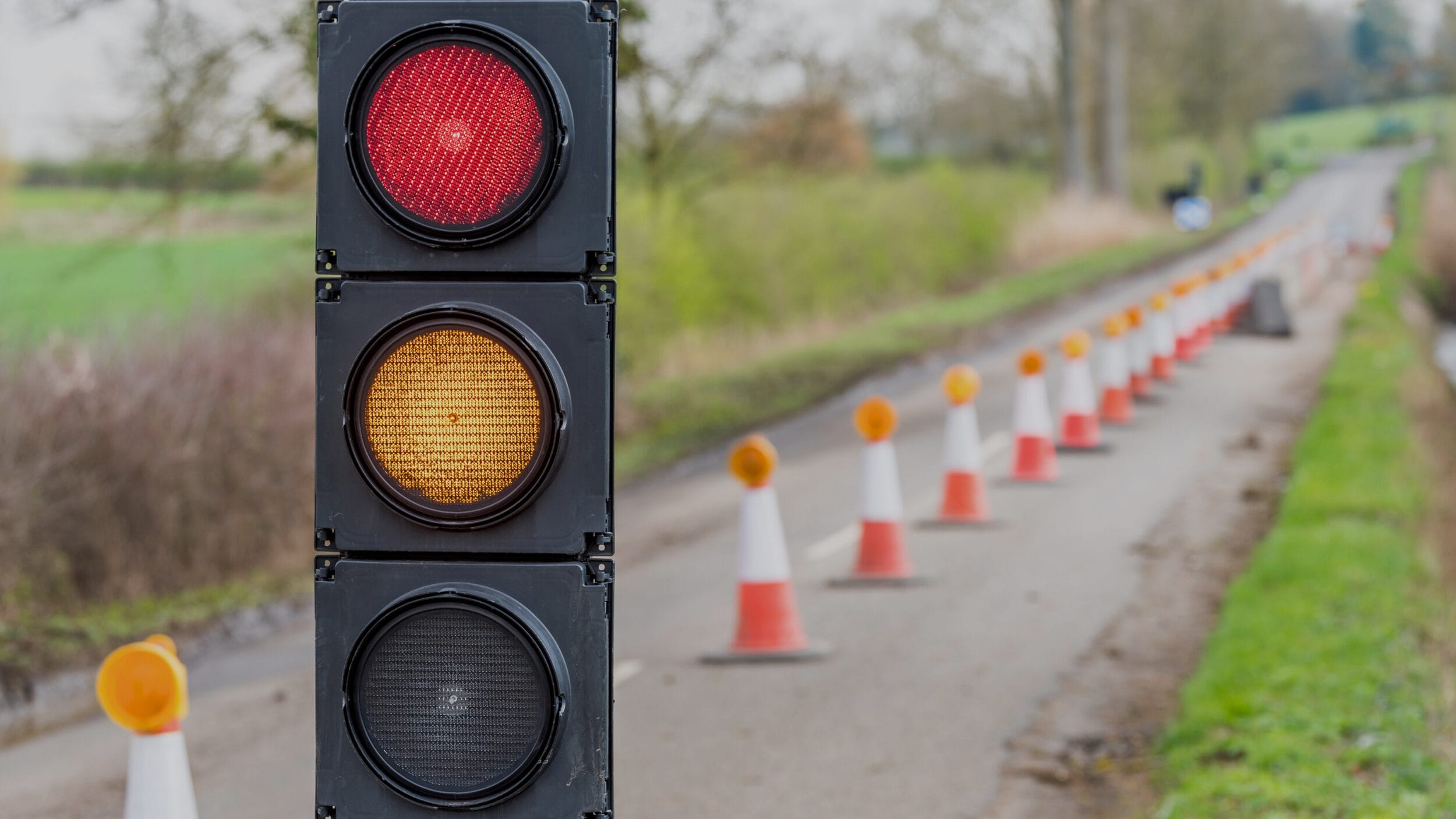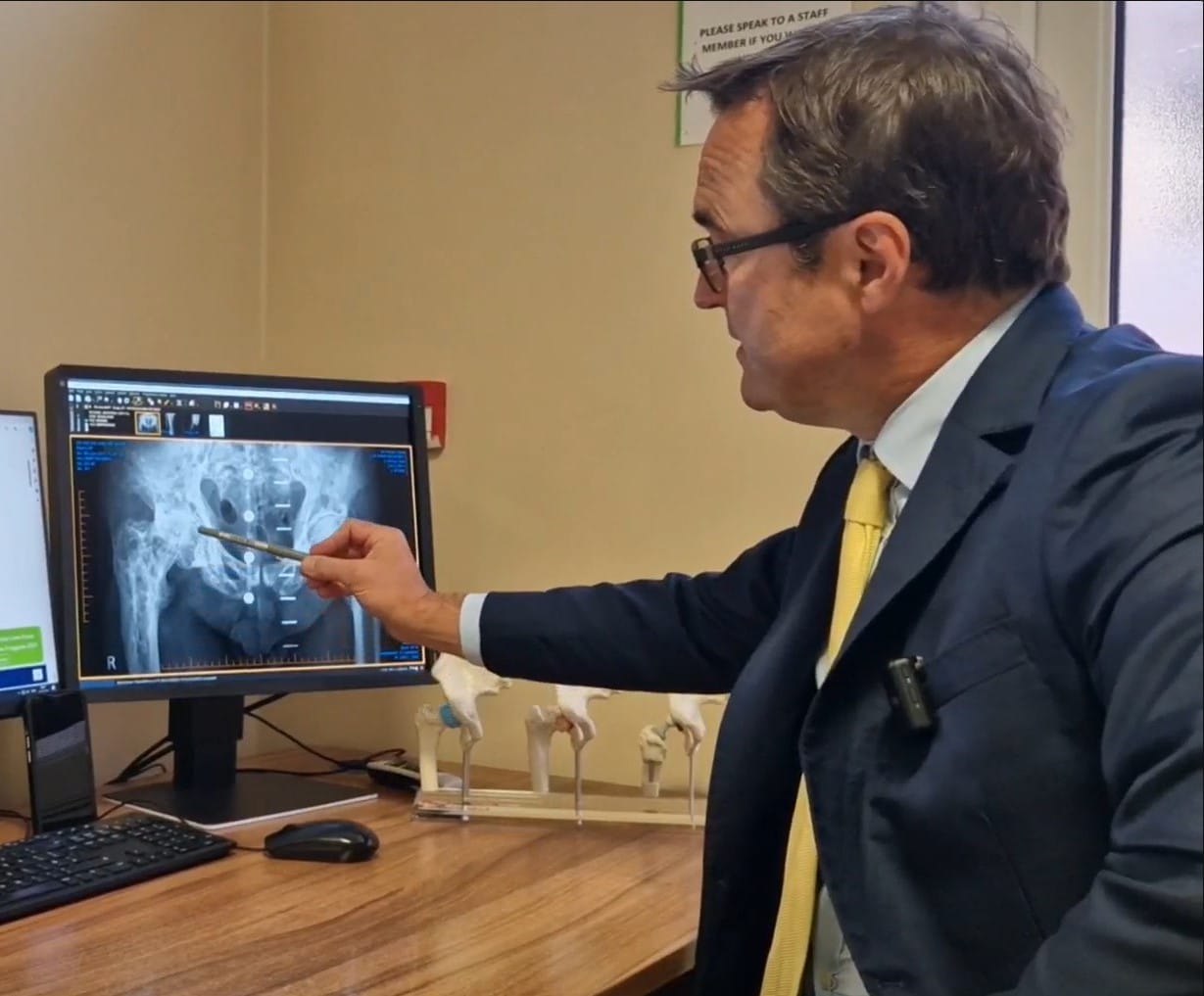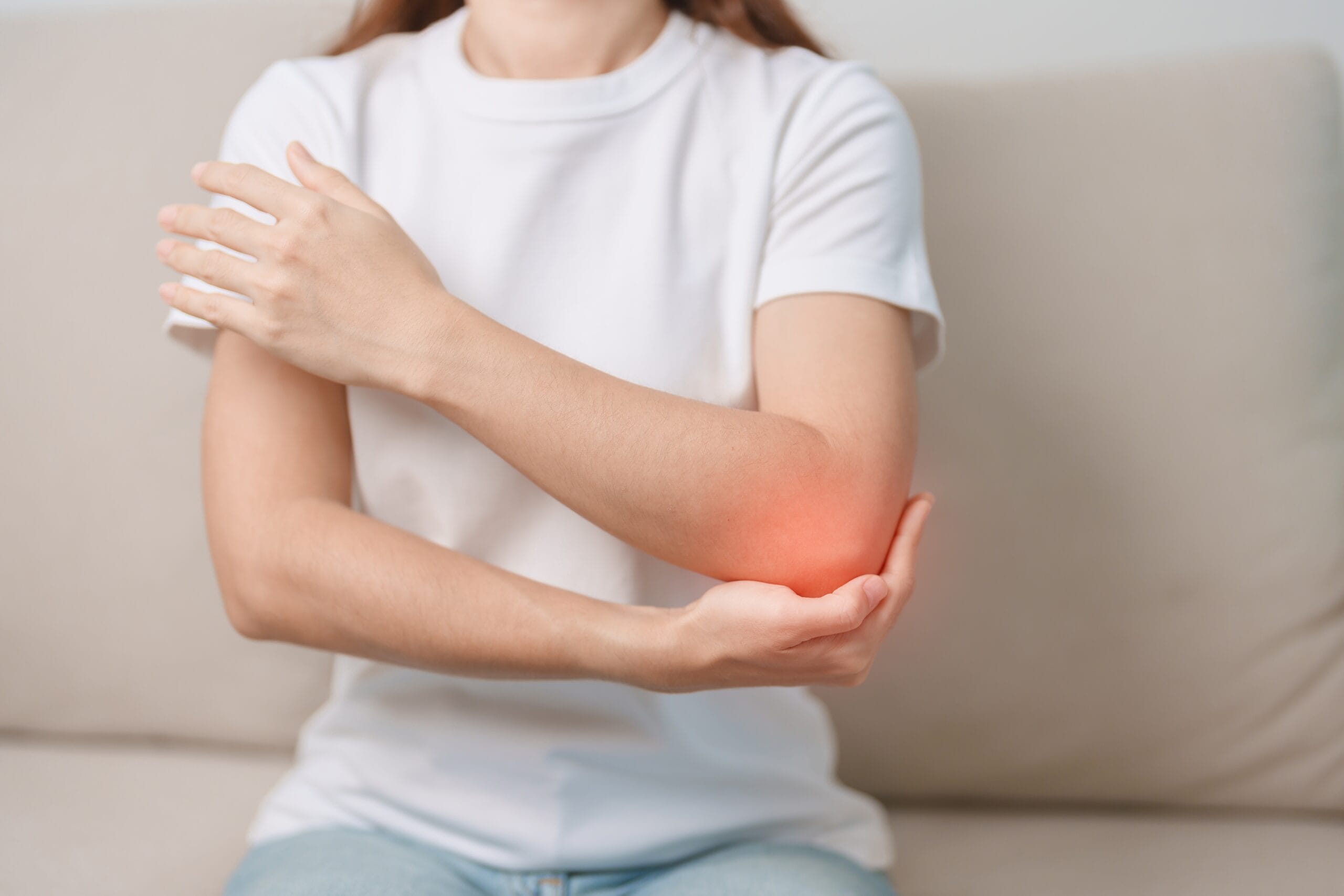By Debra Stork, Chartered Physiotherapist and Pilates Instructor
What is Osteoporosis?
Bone loss slowly increases as part of the natural ageing process. This can lead to weaker bones and an increased risk of broken bones, also known as osteoporosis.
Osteoporosis means “porous bone.” If you look at healthy bone under a microscope, you will see that parts of it look like a honeycomb. If you have osteoporosis, the holes and spaces in the honeycomb are much bigger than they are in healthy bone. This means your bones have lost density or mass and that the structure of your bone tissue has become abnormal.
As your bones become less dense, they also become weaker and more likely to break, especially later in life and often following a minor bump or fall. Having osteoporosis does not automatically mean that your bones will break; it just means that you are at greater risk. The main reasons why people develop osteoporosis are genes, age and gender. Women are particularly susceptible because bone loss becomes more rapid for several years following the menopause. Other risk factors include smoking, drinking more than three units of alcohol a day and not being active. If you are worried about osteoporosis talk to your doctor or physiotherapist for advice. They will also be able to advise you on what types of exercise would be suitable for you.
So as we age it is very important to make our bones as strong as possible. You can do this by taking plenty of weight-bearing exercise – weight-bearing exercise is any exercise in which you are supporting your own body weight through your feet and legs, such as walking or dancing. Calcium and vitamin D are both important for strong bones, so ensure you are eating a healthy diet with plenty of calcium and get outside in the sunlight to boost your vitamin D.
Top tips for osteoporosis
- Weight-bearing exercise can help to strengthen bones
- Exercises to improve your balance and strength will help to prevent falls
- Follow a healthy diet that includes enough calcium and vitamin D
- Wear sensible, well-fitting shoes to avoid falls
- Avoid rugs and sloppy slippers – both can cause trips
- Have good lighting on your stairs
- Get your eyesight checked regularly (free for people over 60)
- Try to avoid heavy lifting
What is Therapeutic Standing Pilates?
Standing Pilates is a functional form of Pilates that modifies the original mat-based exercises into a weight-bearing position. Weightbearing means your feet and legs support your body’s weight. Standing Pilates stays true to the focus on core strength and body alignment that exists in mat-based Pilates but helps to train the body to remember correct alignment whilst in a standing position.
Benefits of Therapeutic Standing Pilates
Standing Pilates provides a link between the Pilates mat work and everyday movement, improving those skills for everyday life which can prevent many types of medical conditions and injuries. Weight-bearing exercises, such as Standing Pilates, are known to help in the prevention of osteoporosis by building stronger bones. With every muscle action and every contact with the ground, bones have some force exerted against them and they respond by becoming stronger. Increasing the amount of activity and exercise is, therefore, a viable way to increase bone strength.
Not only does Standing Pilates help people progress off the mat and into daily movement, but Pilates can also be done by people who may not be able to get on and off the floor easily. For example, people with limited mobility, flexibility or injuries that prevent exercising on the floor may still achieve many of the benefits of Pilates by working in a standing position.
Standing Pilates will also provide different and additional challenges on the body in a standing position. For example, the large muscles in the legs have to work harder which can increase the number of calories burned, which can assist in weight loss.
Standing Pilates adds the challenge of keeping your balance as movement shifts your body weight over one or both legs and is well suited for those who are at risk of falls due to poor balance, such as seniors and people with Parkinson’s disease.
The muscles of the pelvic floor play a key role in maintaining balance, so anyone who needs to strengthen and stabilise that area will benefit from standing Pilates. Those with pelvic floor integrity issues, such as people experiencing incontinence may also find it useful.
You can take Pilates out of the studio and into your everyday life as it teaches the body and mind to re-pattern movement habits toward better alignment and efficiency whilst standing. This is then reflected in performing daily tasks with greater ease. Debra Stork graduated from Brunel University in 1996. She has gained invaluable experience in both the NHS and the private sector in the assessment and management of both acute and chronic musculoskeletal conditions and post-surgical rehabilitation.
See profile
What makes Horder Healthcare unique
Horder Healthcare is committed to providing the very best quality of care for our patients and customers. We are continuously working on improving and reducing risks and this is reflected in our consistently high CQC results, patient satisfaction questionnaires and minimal levels of infection.
We are a charity
We reinvest our profit to benefit more people and help us achieve our aim of advancing health.






